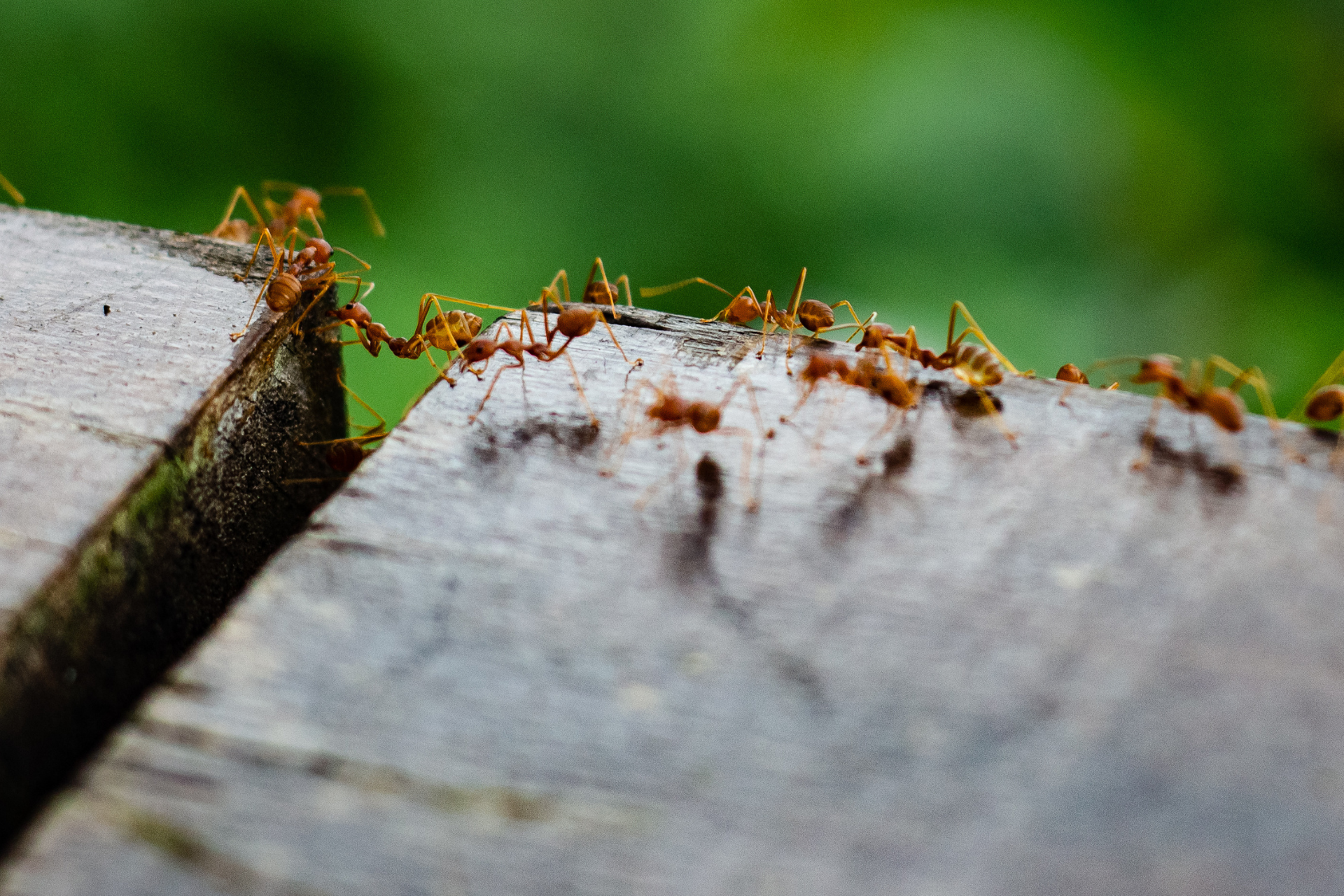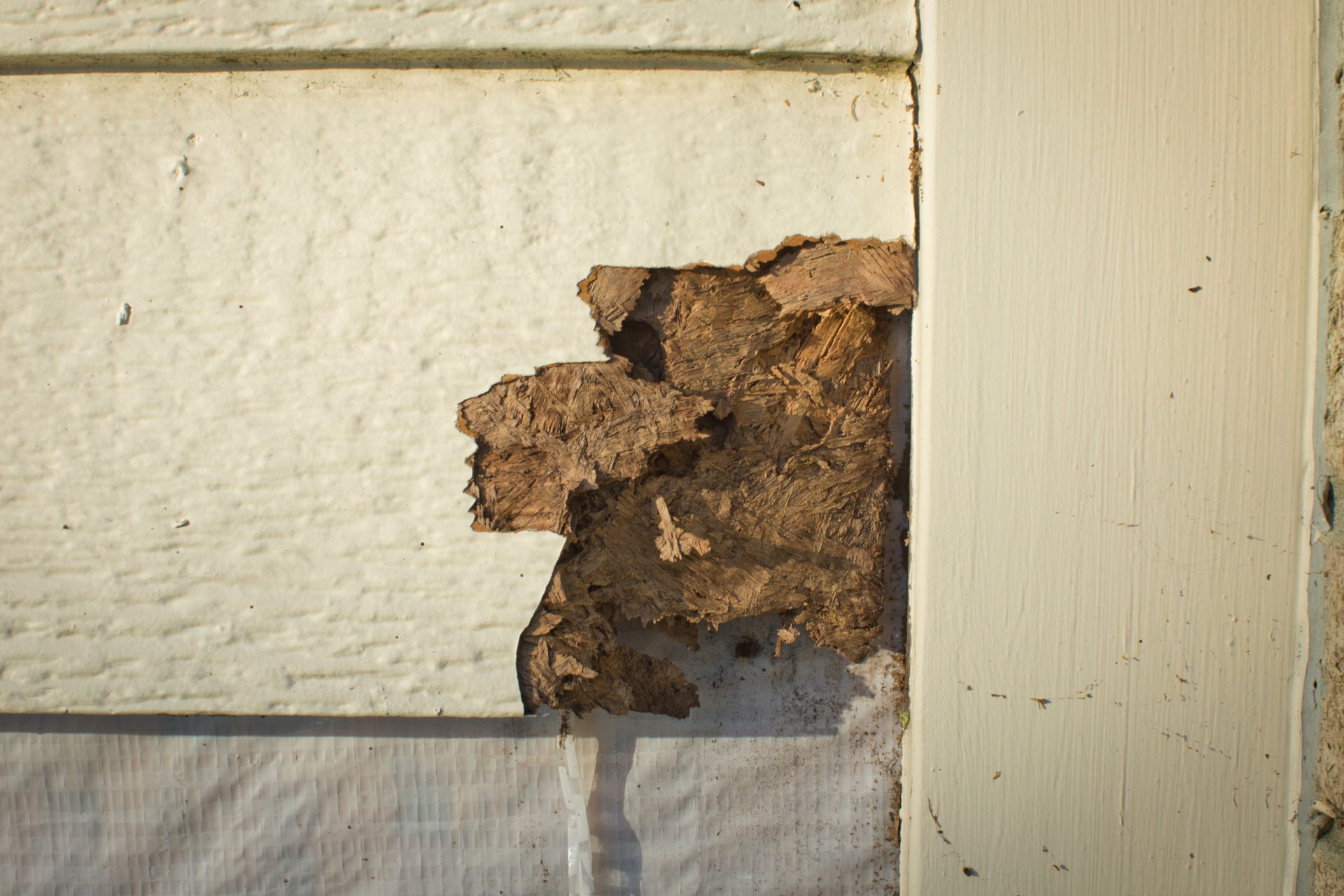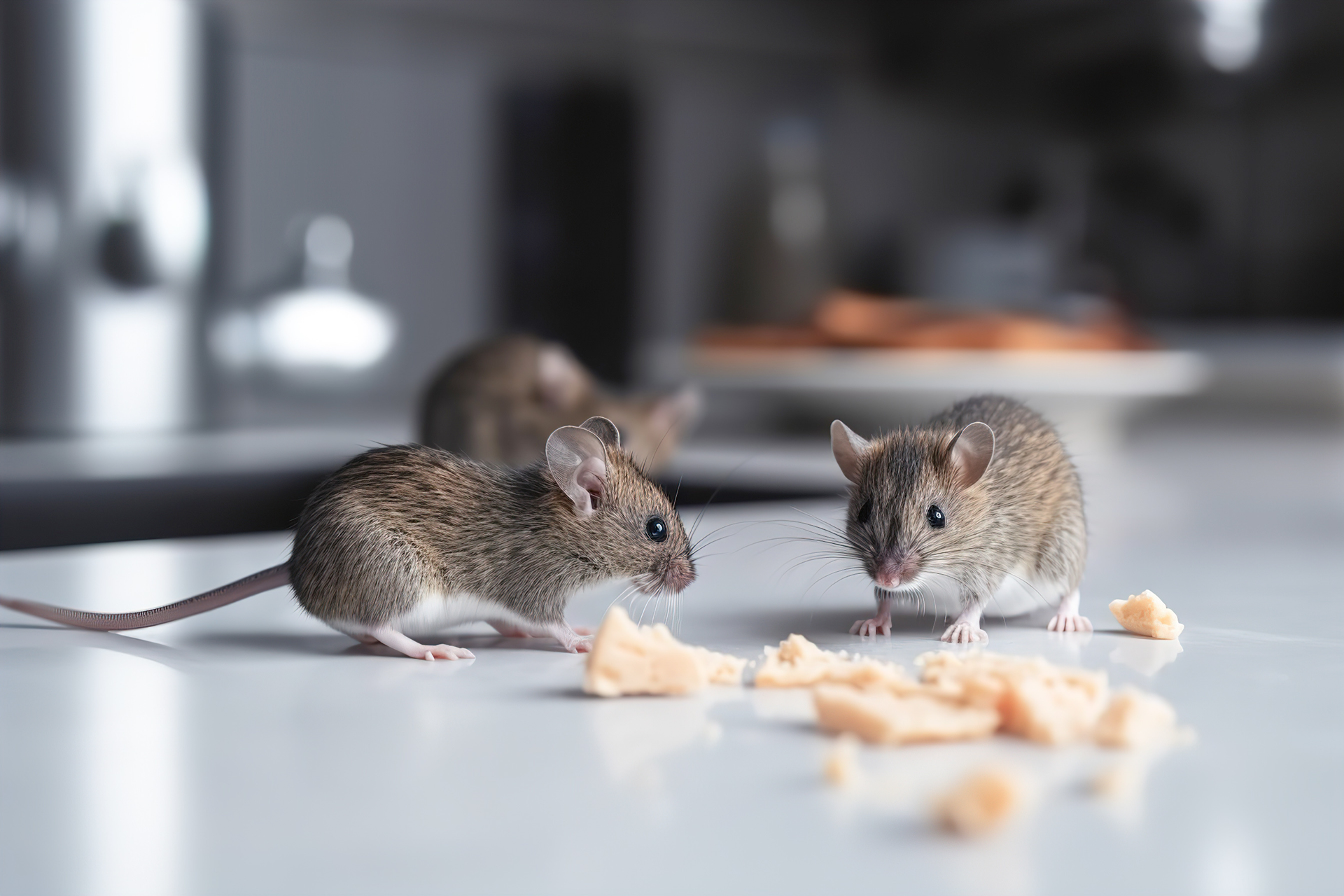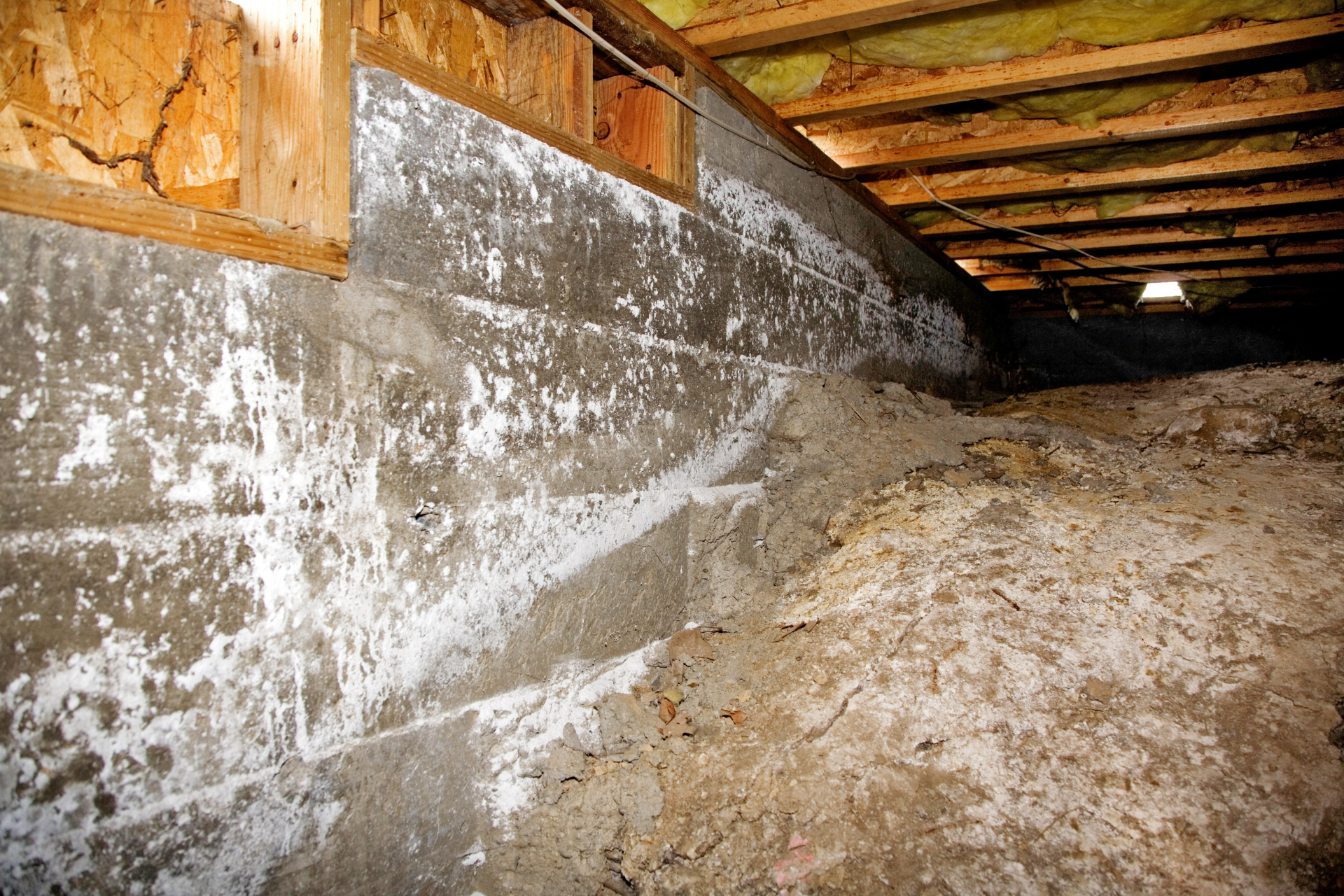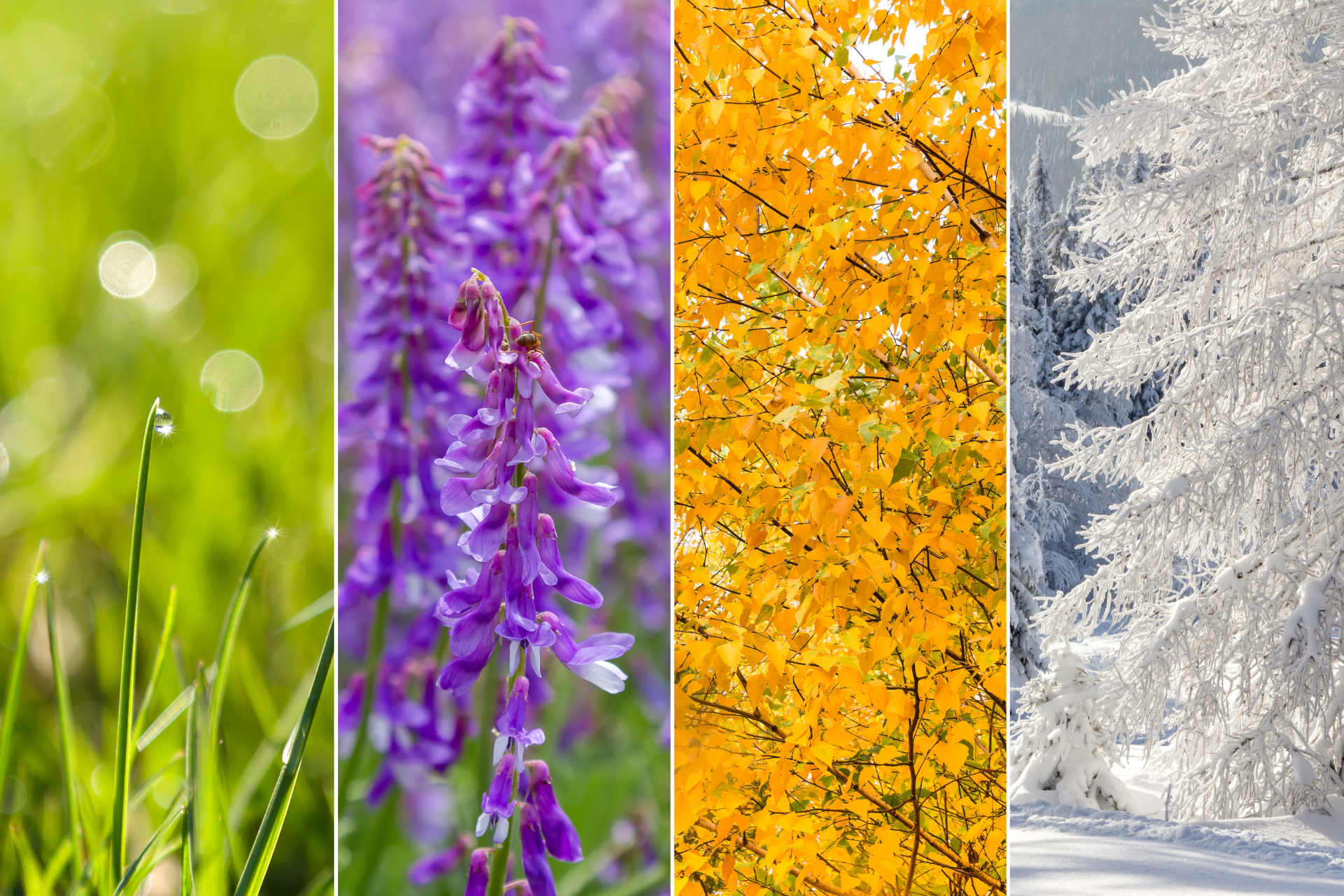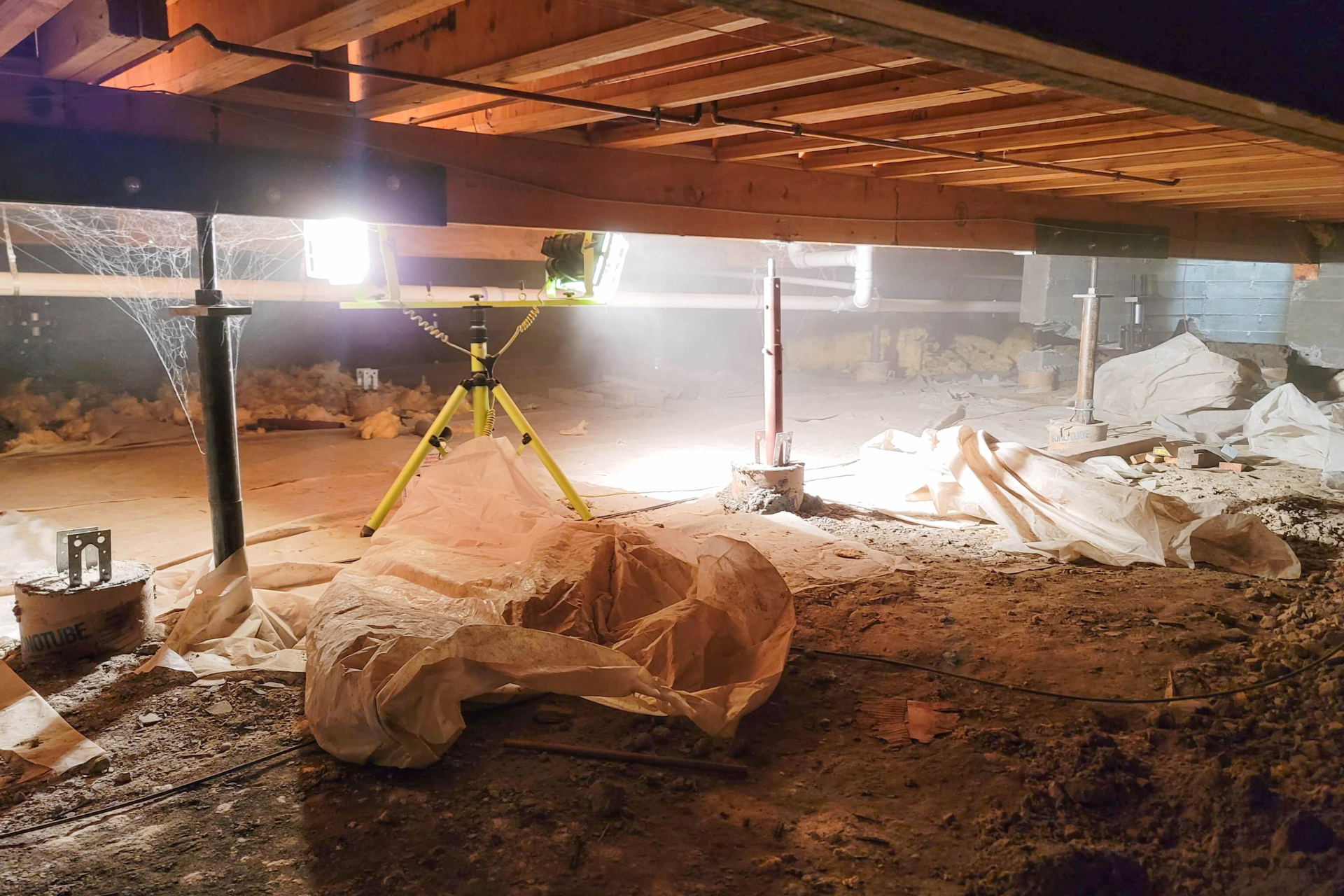Identifying And Managing Invasive Pests In the Carolinas
The Carolinas, with their lush landscapes and mild climate, are not just a paradise for residents and tourists, but also a haven for a variety of invasive pests. These unwelcome intruders can wreak havoc on homes, agriculture, and the local ecosystem. Understanding their origins, appearances, the damage they cause, and what attracts them is crucial for taking preventive measures.
Formidable Fire Ant
Fire ants, originating from South America, first invaded the United States in the early 20th century, traveling in ship ballast. These small, reddish-brown ants are notorious for their aggressive nature and painful stings. Fire ants construct large, unsightly mounds that can damage lawns and interfere with electrical equipment. More dangerously, their venomous stings can cause severe allergic reactions, posing significant health risks. They can attack in a swarm, making them even more dangerous. These ants are attracted to open, sunny areas, making lawns, fields, and pastures their preferred habitats. Their presence is a nuisance and a potential hazard for outdoor activities.
Destructive Emerald Ash Borer
The Emerald Ash Borer, a beetle native to Asia, was first detected in the United States in 2002, likely through infested wood packaging materials. This metallic green beetle, about half an inch long, has caused devastating damage to ash tree populations. The larvae burrow into ash trees, disrupting nutrient flow and causing tree death. This beetle primarily targets stressed or weakened ash trees, making urban and suburban areas especially vulnerable. The loss of ash trees can lead to significant ecological and economic impacts, highlighting the importance of monitoring and managing this invasive species.
Voracious Japanese Beetle
Japanese Beetles, introduced to the United States in 1916 through imported iris bulbs, are iridescent green and copper-colored beetles about half an inch long. These beetles are known for their voracious appetite, skeletonizing leaves, flowers, and fruits. Their feeding habits can severely damage gardens, ornamental plants, and agricultural crops. Japanese beetles are particularly drawn to roses, grapes, and fruit trees, making them a common sight in gardens and vineyards during the summer months. Their presence can reduce plant health and aesthetic value, necessitating effective pest management strategies.
Persistent Brown Marmorated Stink Bug
The brown marmorated stink bug, native to East Asia, was first reported in the United States in the mid-1990s, likely arriving via shipping containers. These brown, shield-shaped bugs, about three-quarters of an inch long, are known for their foul odor and agricultural impact. Stink bugs feed on a wide range of fruits and vegetables, causing significant crop damage. Their feeding creates unsightly blemishes on fruits, reducing their marketability. Additionally, stink bugs are notorious for invading homes in search of warmth during colder months, where their odor can be quite unpleasant.
Silent Killer: Asian Longhorned Beetle
The Asian longhorned beetle, another invasive species from China, was first discovered in the United States in the 1996, likely through wooden packing materials. These large, black beetles with white spots and long antennae are silent killers of hardwood trees. The larvae bore into hardwood trees, disrupting vascular tissue and causing tree death. This beetle prefers maple, elm, and willow trees, particularly in urban environments where trees are already stressed from pollution and other factors. The loss of these trees can significantly alter the landscape and reduce the ecological benefits they provide.
Insidious Formosan Termite
Formosan termites, native to East Asia, were introduced to the United States through military cargo shipments after World War II. These yellowish-brown termites with large mandibles and long, dark wings are known as "super termites" due to their aggressive nature and extensive damage potential. Formosan termites aggressively consume wood, causing severe structural damage to buildings. Their colonies can be enormous, containing millions of termites that can rapidly destroy wooden structures. They are drawn to moist, wooden structures, making homes, trees, and utility poles prime targets. Preventing and controlling Formosan termite infestations is crucial to protect property and infrastructure.
Spotted Lanternfly
The spotted lanternfly, native to China, India, and Vietnam, was first detected in the United States in 2014. It likely arrived via imported goods. These distinctive insects have gray wings with black spots and bright red hindwings, making them easily recognizable. Lanternflies feed on the sap of a wide range of plants, weakening and damaging trees and crops. Their feeding can stress plants, making them more susceptible to disease and other pests. The spotted lanternfly is particularly attracted to the Tree of Heaven and various fruit trees, posing a threat to orchards and vineyards. Managing their spread is vital to protecting agricultural interests and maintaining plant health.
Devastating Kudzu Bug
Native to Asia, the kudzu bug was first discovered in the United States in 2009. This small, greenish-brown bug has quickly spread across the southern states, including North and South Carolina. Kudzu bugs are about a quarter of an inch long and have a distinctive rounded shape. The kudzu bug feeds on legumes, including soybeans and the invasive kudzu vine, which gives the bug its name. While their consumption of kudzu can be seen as beneficial, their damage to soybean crops is significant, causing yield losses for farmers. Additionally, kudzu bugs can become a nuisance when they invade homes in large numbers, seeking warmth during the cooler months. Their presence can be unpleasant, as they emit a foul odor and can stain surfaces with their excretions.
The Troublesome Norway Rat
Originally from Asia, Norway rats have spread globally via ships and have been in North America for centuries. These large, brown or gray rodents with blunt noses and long tails are well-adapted to urban environments. Norway rats are known for chewing through wires, contaminating food, and spreading diseases such as leptospirosis and hantavirus. Their presence in homes and businesses poses health risks and can lead to costly repairs. Norway rats are attracted to food sources and shelter, thriving in environments with ample garbage and waste. Effective control measures are essential to keep their populations in check and prevent infestations.
At Ease Pest Solutions is dedicated to helping you protect your property from these unwelcome invaders. Our team of experts offers comprehensive pest control services to address and prevent pest problems. If you are dealing with these invasive pests or the more common ones, contact us for professional assistance.
Troutman Branch
694 South Main Street
Troutman, NC 28166
704.761.9697
